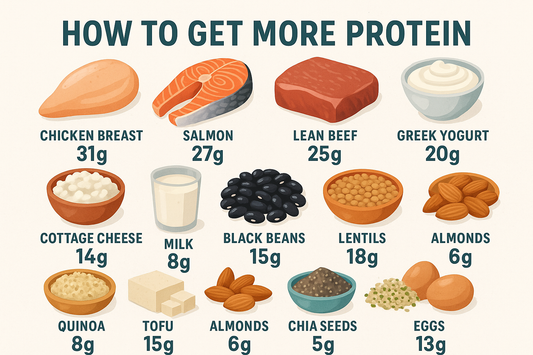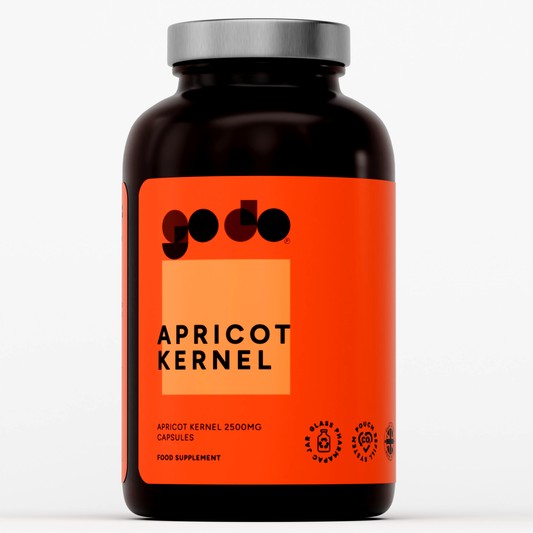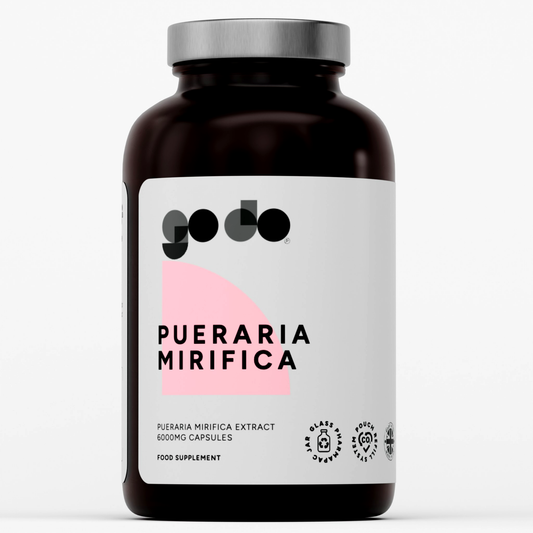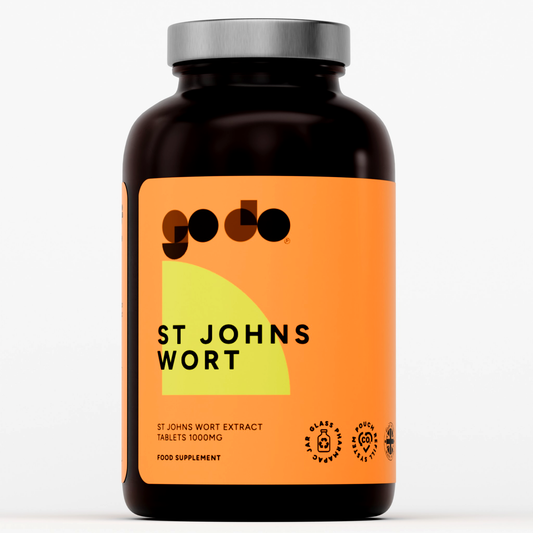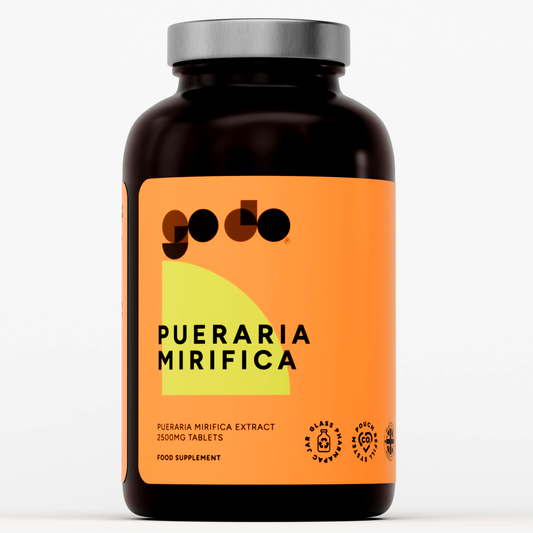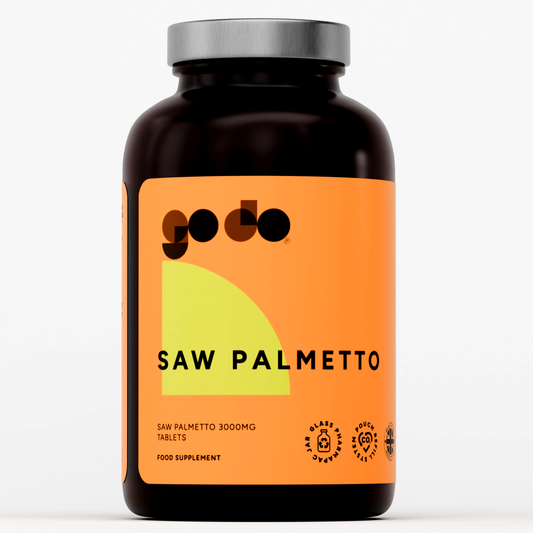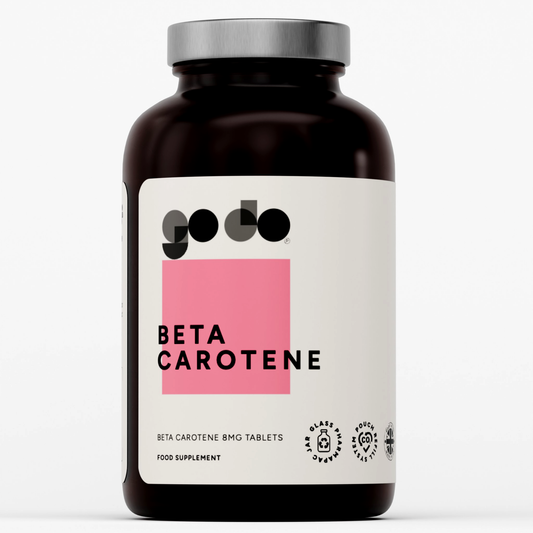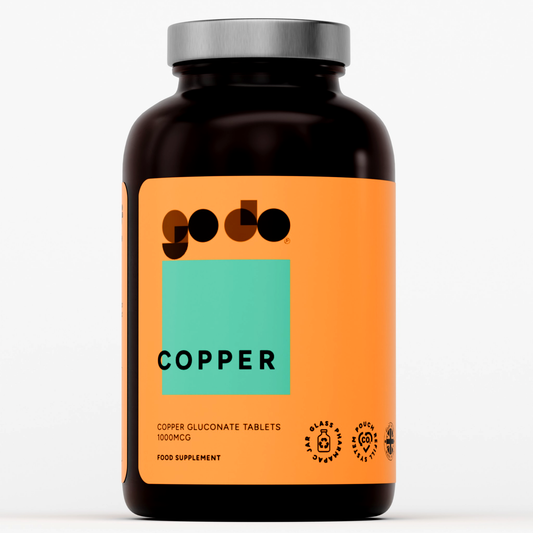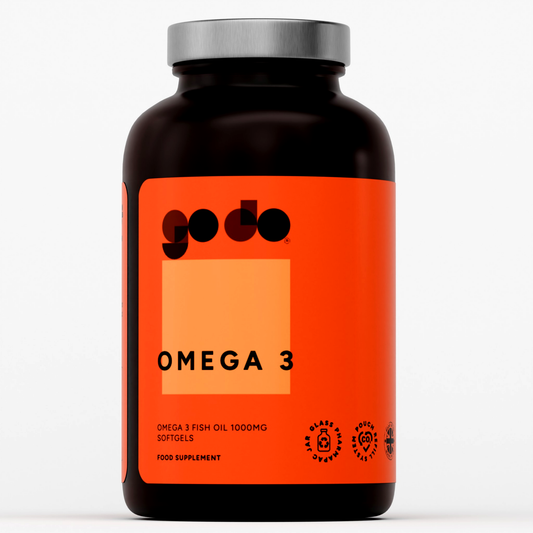
Shin splints, otherwise known as medial tibial stress syndrome, come about during physical activity and result from considerable force being retained on your shinbone and connective tissue that fasten your muscles to bone. The resulting effect is soreness along or just behind the shinbone (i.e., the tibia).
It is a pretty common malady in runners, due to the repeated consecutive impact of the feet on the ground, and may occur in other sport disciplines, like football, tennis, or soccer. Most cases of shin splints can be treated without too much of a hassle.
Treatment typically entails decreasing pain and inflammation, detecting and rectifying training and biomechanical snags and repairing the muscles affected. The most common prescription is to rest so as to allow the injury to heal. In detail, it is imperative to avoid activities that make symptoms worse, namely leaping and running. That said, other kinds of exercise can, and should be undertaken as it can accelerate the healing process (swimming is a great option). From time to time, when it is particularly painful, cold therapy may be quite useful as it will help reduce inflammation and the stemming pain (perhaps for ten complete minutes every hour). On the other hand, applying heat may also be useful as the increased temperature will facilitate more rapid transportation of nutrients and blood to the area, which in turn will accelerate the healing process. If you need to be on your feet for one reason or another, it might be a good idea to invest in shock-absorbing insoles so as to cushion and subsequently reduce the impact on the lower leg. It might be quite a painful inconvenience, but making use of the above strategies should help you recover. A great way to avoid future occurrences is to partake in strength training so as to reinforce the bone, thereby making it stronger and cutting the risk of shin splints happening again in the future.
Bibliography
• Kilgore, Lon. Anatomy without a scalpel. Iowa Park, Tex.: Killustrated Books, 2010.
• Professional Guide to Diseases. 10th ed. Philadelphia: Wolters Kluwer Health/Lippincott Williams & Wilkins, 2013.


